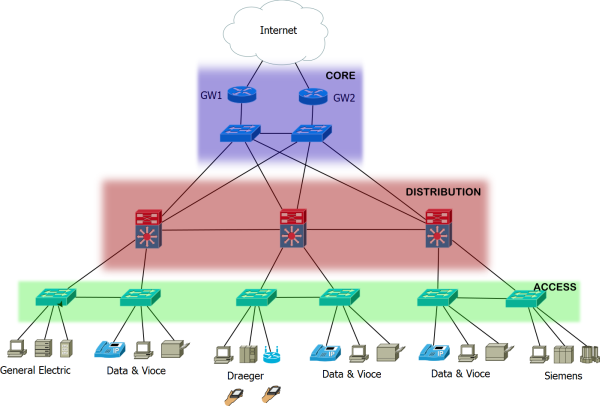- Related articles
- Optical Transceivers for Cisco WS-C3650-24TD-S Switch
- What is SFP-10G-SR?
- The Uses of PCI Express x1
- Optical Transceivers for Cisco SRW2048-K9-EU Switch
- What Is Dual Port Network Card?
- All Cisco DS-SFP-FC10G-LW's information (List price, Specs, Datasheet PDF, Compatibility m
- Optical Transceivers for Cisco WS-C3650-48FD-L Switch
- All Cisco DWDM-X2-39.77's information (List price, Specs, Datasheet PDF, Compatibility mat
- Optical Transceivers for Cisco SG550XG-24T-K9-EU Switch
- Optical Transceivers for Cisco N3K-C3172TQ-32T Switch

Introduction:
In this article we will discuss about the 40GBASE-KR4 Ethernet standard and what are the difference between 40GBASE-SR4, 40GBASE-LR4, 40GBASE-CR4 and 40GBASE-KR4, so you can have a basic understanding for 40GBASE-KR4 technology to understand the basic solutions to 40GBASE-KR4. Also, you can check the compatible Cozlink transceivers to get compatible and cost-effective products.
What is the 40GBASE-KR4 technology?
40GBASE-KR4 is a port type for backplanes. Normally backplanes are board traces, such as Megtron6 or FR4 materials. Its Physical Coding Sublayer 64b/66b PCS is defined in IEEE 802.3 Clause 82 and its Physical Medium Dependent PMD in Clause 84. It uses four lanes of backplane delivering serialized data at a rate of 10.3125 Gbit/s per lane. As in CR4 case, KR4 involves 2 clauses, first CL73 for autoneg, followed by CL72 for link training. CL73 allows the communication between the 2 PHY's to exchange tech ability pages, and both PHYs come to a common speed and media type. Once CL73 has been completed, CL72 starts. CL72 allows each of the 4 lanes transmitters to adjust its preemphasis by way of feedback from the link partner.

What are the Difference Between 40GBASE-SR4, 40GBASE-LR4, 40GBASE-CR4 and 40GBASE-KR4?
40GBASE-SR4 supports up to 100m on OM3, and 150m on OM4. There is no support for OM2 or OM1 (these are considered legacy).
40GBASE-LR4 supports up to 10km on SM fiber (same fiber used for 10G single-mode 10GBASE-LR).
40GBASE-CR4 supports up to 7m. The maximum is a limitation of the copper technology, and may not be realistic in all environments.
40GBASE-KR4 specifies up to 1m for backplane technology—this is not applicable to switches and is designed for server blade systems running 40GbE over a backplane.





































































